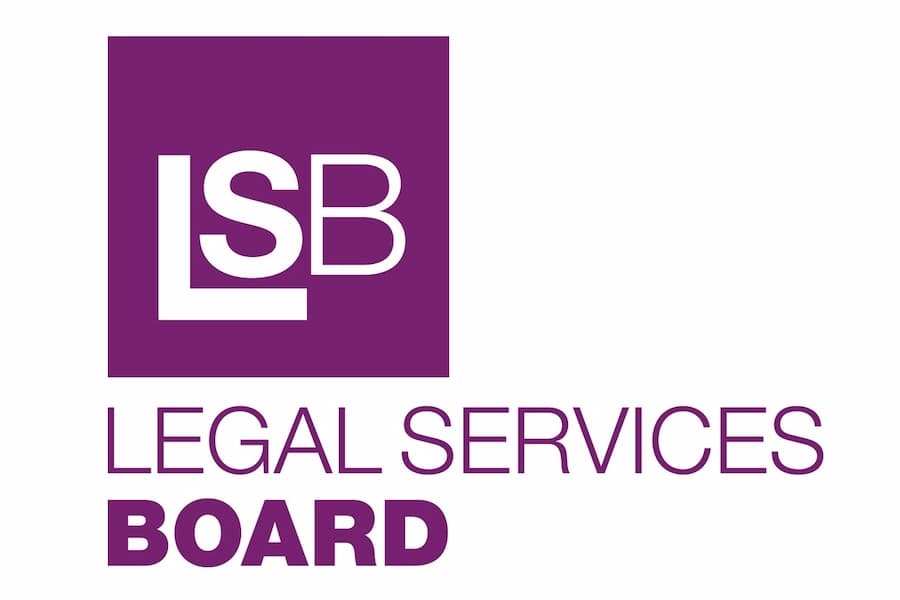UK Finance figures show the scale of the stimulus provided by the SDLT holiday as home movers sought to take advantage of the savings on offer but warned that the current levels of lending would not be sustainable in the medium to long term.
The latest Household Finance Review which covers Q2 2021 points to 3 main stimuli driving the property market
- the Stamp Duty Land Tax holiday
- pre-pandemic demand which saw January and February 2020 setting new records prior to the March lockdown
- greater availability of cheaper lending for home movers up and down the ladder from FTBs through to higher value home movers
The report points to the higher number of mortgage applications towards the end of Q2 and into Q3 than before the pandemic began as evidence that home moving is still on many people’s minds. UK Finance does forecast that “the true level of underlying demand will not be clear until October when the current tax break no longer applies.”
The report has also heralded the return of the Buy-to-let landlord, who completed the largest monthly volume of purchases since 2016, while first-time buyer numbers were also strong as the new help-to-buy equity scheme was extended and the mortgage guarantee scheme has also had a positive impact.
Against a backdrop of rising house prices UK Finance predicts a moderation of the house price growth recently report as the SDLT concession comes to an end on 30th September, warning that the end of the furlough scheme in Q3 also has the potential to “create uncertainty” with the unemployment rate forecast by the National Institute for Economic and Social Research (NIESR) to peak at 5.4 per cent in the final quarter of 2021.
UK Finance have also highlighted the growing popularity of withdrawing equity through remortgages in order to purchase further properties. Figures show a sharp increase in money withdrawn to finance holiday homes, properties for first-time landlords and deposits for to support relatives onto the housing ladder. In the buy-to-let market, landlords are using the equity in their existing properties to expand their portfolios.
While lending conditions remain favourable the market will remain reasonably buoyant with the Bank of England not expected to move quickly to raise interest rates while the economic recovery is ongoing. UK Finance suggests that “market expectations are currently for the first rate rise to come in later 2022.”
Commenting on report the Adam Forshaw, MD at O’Neill Patient said,
“Today’s figures show a positive outlook with everything going in the right direction in terms of the wider economic recovery.
“After the rollercoaster year we’ve had so far, no doubt the property sector would like to see stability return to the market. Whilst we get through to the last SDLT deadline it’s going to be vital to continue to work collaboratively with all our partners in the house buying process to ensure the sector, and our clients, can work through those challenges to achieve their house-buying goals.”
Richard Pike, Phoebus Software sales and marketing director, adds
“As we return to some sort of normality we have to ask ourselves what the future looks like for the housing market? Although arrears are still low the truth is that we have no idea how many people will be returning to work after furlough comes to an end. Worst case scenario says that lenders should be prepared to see more people coming into difficulty and have plans in place to help those that are struggling.
There is a lot of recruitment activity in the collections space which reflects this. Having said that the amount of money that people managed to save during lockdown may provide a cushion while the return to work gathers pace and people discover their long-term employment status.
“There is still plenty of activity at the moment and the economic outlook is better than we could have expected, so we wait to see whether the same will prove to be true for the housing market.”
Read the Household Finance Review in full here: https://www.ukfinance.org.uk/sites/default/files/uploads/Household-Finance-Review-2021-Q2-FINAL.pdf




















